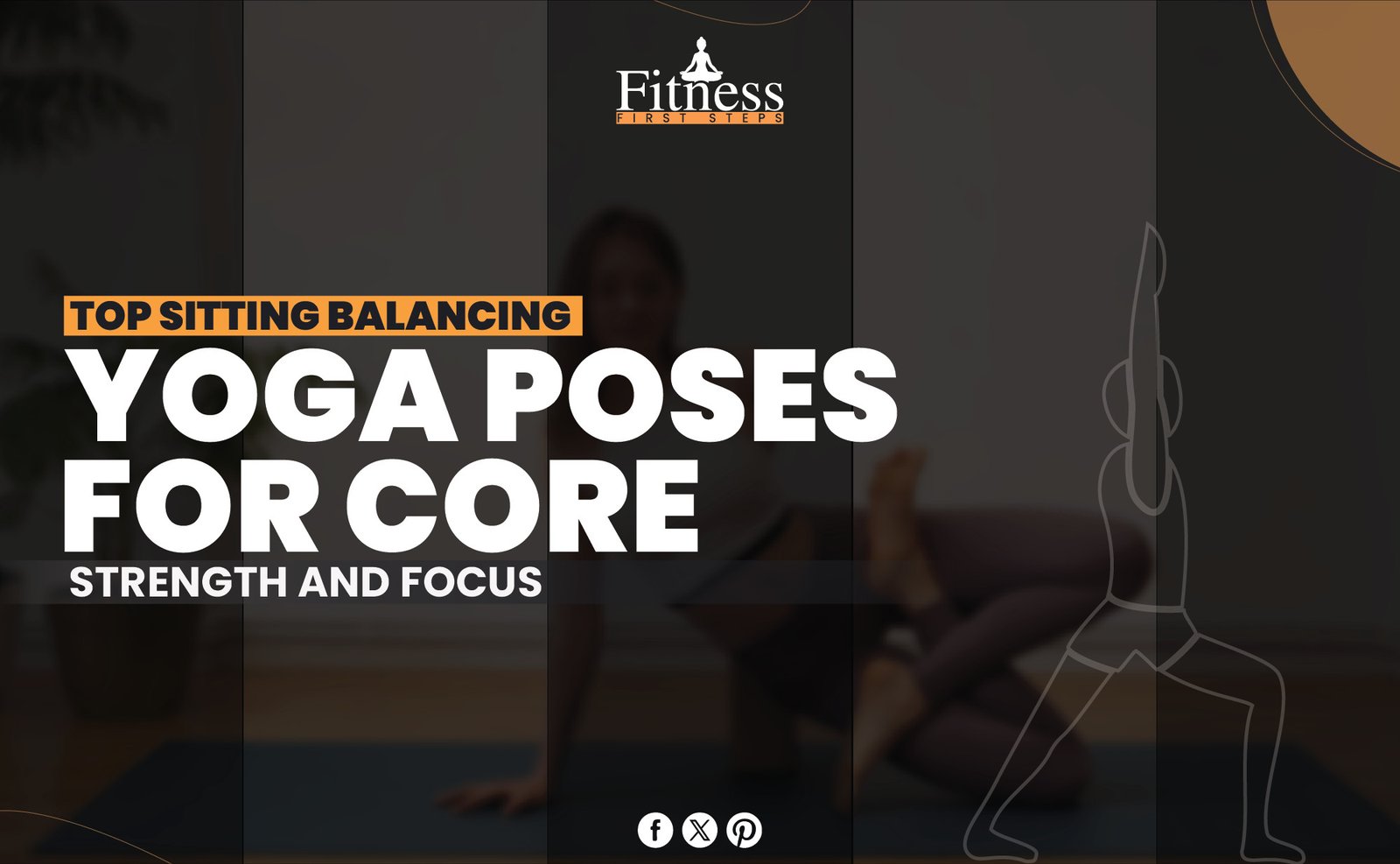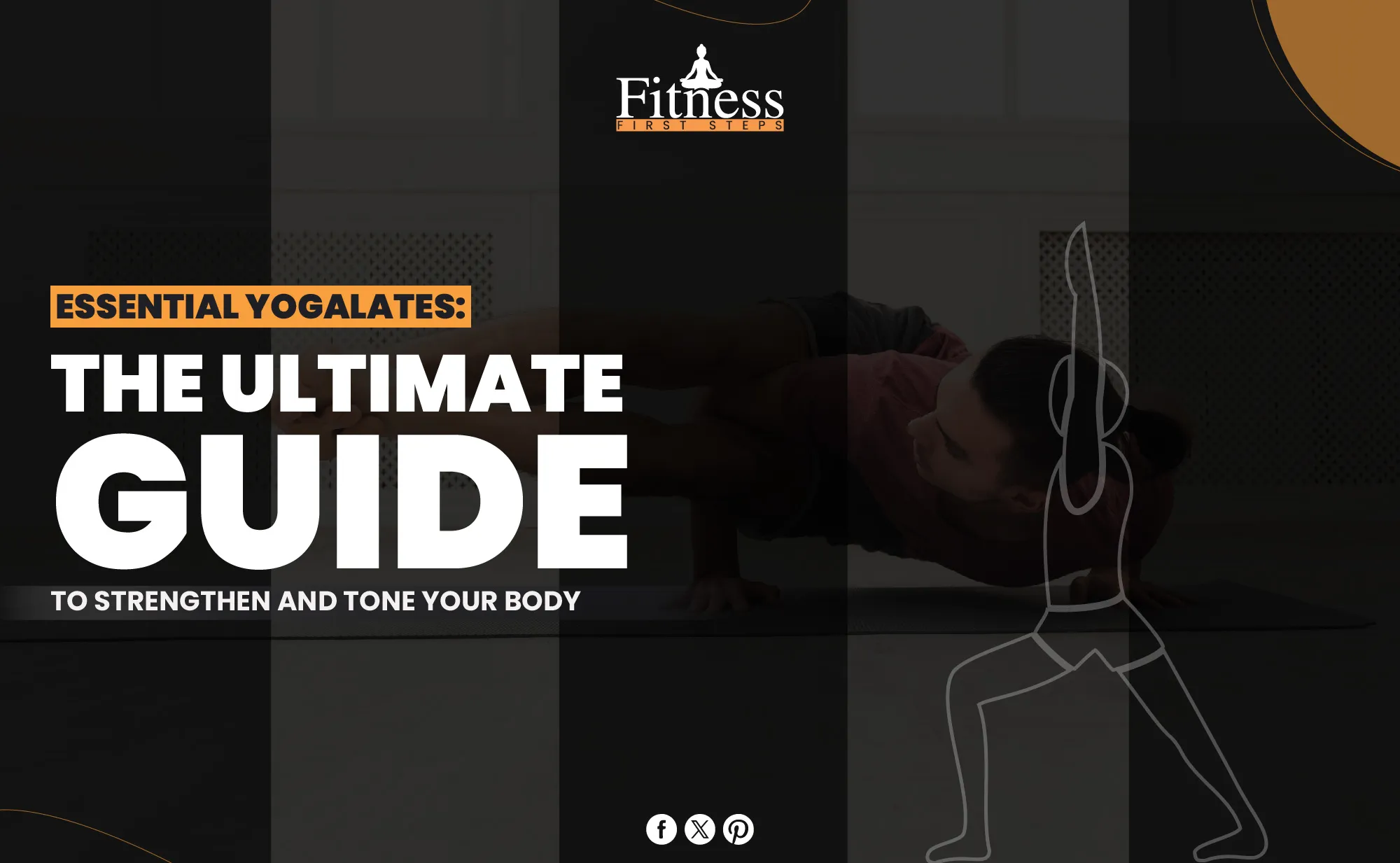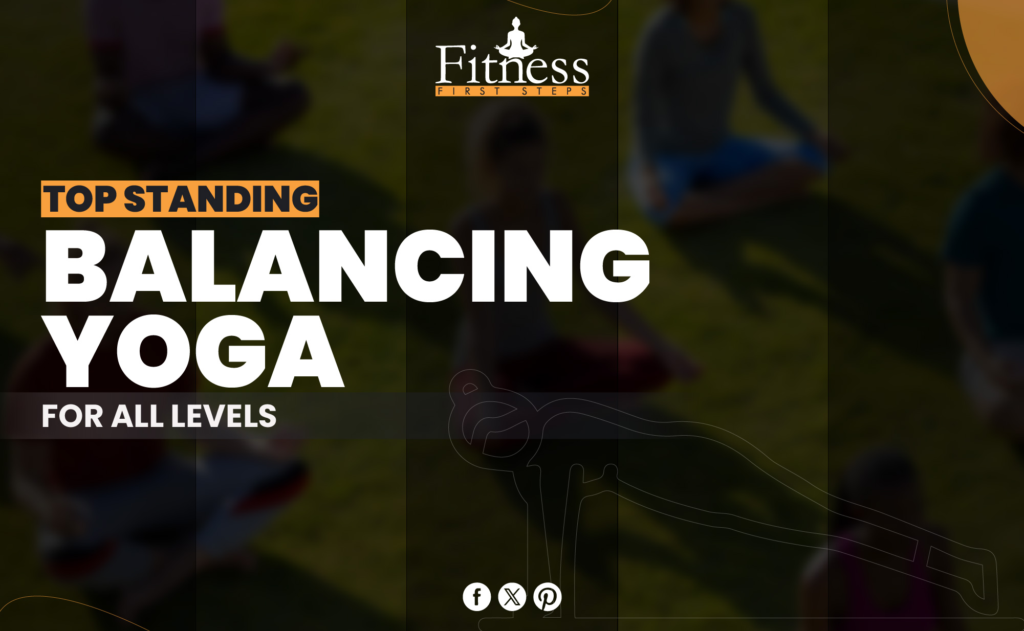Introduction
Yoga, a time-honored modality in Indian philosophy, has gained prominence as a comprehensive approach to well-being and health. Although it provides many advantages for various demographic groups, its prospective benefits of yoga for pregnant women are especially significant. This guide examines the convergence of yoga and pregnancy, providing pregnant women interested in practicing yoga with essential information and precautions. By conducting this investigation, pregnant women can gain a more comprehensive understanding of integrating yoga into their voyage, thereby improving their physical and mental fortitude and safeguarding the health and safety of themselves and their unborn children.
Benefits of Yoga during Pregnancy
Pregnant women can obtain numerous physical and emotional health advantages from practicing yoga. Listed below are several of the primary benefits:
Improved flexibility and strength:
Practicing and muscle strength can be enhanced through the execution of yoga poses and moderate stretches, both of which are advantageous throughout pregnancy and childbirth.
Reduced pregnancy discomfort:
A prevalent ailment encountered by pregnant women is muscle tension, swollen ankles, and back pain. Yoga can provide relief from these discomforts through the facilitation of improved circulation, relaxation, and posture.
Stress relief and relaxation:
One may experience a range of emotions and elevated levels of tension during pregnancy. Engaging in yoga offers a platform to decompress, alleviate stress, and foster a state of tranquillity, which is advantageous for the mother and the infant.

Connection with the baby:
By promoting mindfulness and deep breathing, yoga facilitates the development of a more profound bond between mothers and their developing infants. It offers a tranquil and supportive environment conducive to fostering connections.
Preparation for childbirth:
In addition to physical fortitude, yoga fosters mental fortitude. It assists expectant mothers in coping with the discomfort and anxiety associated with childbirth and preparing for the physical demands of the process. The profound breathing techniques taught in labor can also be beneficial during labor.
Better sleep:
Pregnancy might make it harder to find a comfortable sleeping posture, which can lead to insomnia. Yoga can improve sleep. Practices that promote calm and reduce physical tension can help pregnant women fall asleep. Deep breathing exercises used in yoga may improve sleep quality by reducing anxiety and promoting relaxation.
Precautions when Practicing Yoga while Pregnant
Yoga has many benefits for pregnant women, but measures must be taken. Note these important points:
Consulting with a healthcare provider:
It is precarious to begin any form of physical activity, including yoga, without first consulting your obstetrician or healthcare provider to ensure that it is safe for both you and your unborn child.
Avoiding certain poses and activities:
Certain yoga exercises and postures might be contraindicated while pregnant. Deep twists and reclining on one’s back are poses that ought to be avoided. Avoiding overexertion and selecting modifications that accommodate your changing body is critical.
Listening to the body and practicing moderation:
When pregnant, pay attention to your body’s signals. It is crucial to exercise moderation and refrain from overexerting oneself. If a pose produces discomfort or pain, it is preferable to alter it or avoid it entirely.
Being aware of changes in balance and flexibility:
Potential changes in balance and flexibility may occur during pregnancy. Maintaining awareness of these modifications and adapting one’s technique to guarantee stability and safety is critical.

Practising with a certified prenatal yoga instructor:
Pregnant women should practice yoga with a licensed prenatal instructor. They can properly assist you through the postures, offer changes, and protect you and your baby. Practice without supervision can cause damage or strain. Always prioritize safety.
Recommended Yoga Poses for Each Trimester
During different trimesters of pregnancy, different yoga poses may be advised. For every stage, the following are some general guidelines:
First Trimester
During the initial trimester, the body undergoes a process of adaptation to the forthcoming alterations. Practicing yoga can be an excellent method to assist the body with this. The following are some suggested poses and guidelines:
Mountain Pose (Tadasana):
This fundamental pose aids in enhancing equilibrium, serenity, and proper posture. Maintain a tall posture with your feet hip-distance apart and your body in a straight line from head to toe. Inhale and exhale while grounding yourself in the present moment.
Warrior II (Virabhadrasana II):
This pose can assist in hip opening and leg strengthening. Maintaining a wide stance, rotate one foot outward by 90 degrees while slightly turning the other inward. Maintain a straight back leg while bending the front knee, extend the limbs parallel to the floor, and gaze forward over the front hand.
Tree Pose (Vrikshasana):
Excellent for enhancing balance and concentration. Position one foot gently on the other limb’s inner thigh, calf, or ankle while maintaining a tall stance. After achieving stability, extend your arms aloft.

Butterfly Pose (Baddha Konasana):
This posture can assist in stretching the inner quadriceps and opening the hips. While seated with an upright posture, converge the soles of your feet and apply gentle downward pressure to your knees about the ground.
Child’s Pose (Balasana):
It is a beautiful resting position that stretches the lower back gently and promotes relaxation. While on your yoga mat on your knees, extend your arms forward and press your hips back toward your heels.
Keep in mind that it is vital to pay attention to your body. If a particular pose induces distress, alter it or omit it. You should always consult a certified prenatal yoga instructor to ensure proper form and safety during your practice.
Second Trimester
As you enter the second trimester, your body continues to transform and expand to accommodate your developing fetus. Yoga can be beneficial by supporting these changes and alleviating common discomforts of the second trimester. The following are some suggested poses and guidelines:
Cat-Cow Pose (Marjaryasana-Bitilasana):
This series of postures has the potential to alleviate back discomfort and enhance spinal flexibility. Commence on all fours, elevate your back during inhalation (cow), and round your back during exhalation (cat).
Extended Side Angle Pose (Utthita Parsvakonasana):
Leg strengthening and pelvis opening are two benefits of this pose. Assume Warrior II and position your back arm toward the heavens while placing your front hand on your thigh, shin, or the floor.
Goddess Pose (Utkata Konasana):
Exceptional for strengthening the lower body and opening the pelvis. Assume a wide stance, pointing your heels outward, and squat by lowering your hips. While maintaining an upright torso, join your palms at the center of your heart.

Triangle Pose (Trikonasana):
This posture can assist in side-body stretching and limb strengthening. Additionally, it may alleviate lower back discomfort. Extend your arms to the sides, turn one foot outward from a wide stance, and stoop over your leading leg while extending your front palm towards your shin or ankle.
Legs-Up-The-Wall Pose (Viparita Karani):
This yoga position is designed to relieve achy calves and swollen ankles. While lying on your back, position yourself with one buttock against a wall and gently swing your legs up onto the wall.
It is always essential to be mindful of how your body feels. If any pose induces discomfort or strain, alter it accordingly or omit it entirely. It is imperative to seek the guidance of a certified prenatal yoga instructor to proceed with the practice safely.
Third Trimester
Your body prepares to deliver and accommodate a significantly larger fetus during the third trimester. Yoga can assist in maintaining composure, strengthen the body in preparation for labor, and offer solace. The following are some suggested poses and guidelines:
Seated Side Stretch (Parsva Sukhasana):
This pose has the potential to facilitate rib opening and increase respiratory space. Cross your legs while seated, extend one arm aloft, and sway to the opposite side. Converse with both ends.
Standing Wide-Legged Forward Bend (Prasarita Padottanasana):
An easy-to-perform gentle inversion that can alleviate back pain and calm the psyche. Position yourself with your feet widely spaced apart, hinge at the hips, and forward fold your head to hang near the floor.
Cat-Cow Pose (Marjaryasana-Bitilasana):
Sustain this sequence from the second trimester onwards to alleviate back tension and preserve spinal flexibility.
Squat Pose (Malasana):
By making the lower body stronger and opening up the hips, this pose can help get the body ready for labor. Keeping your chest up, bend your knees, spread your feet a little wider than hip-width apart, and drop your hips into a squat position.
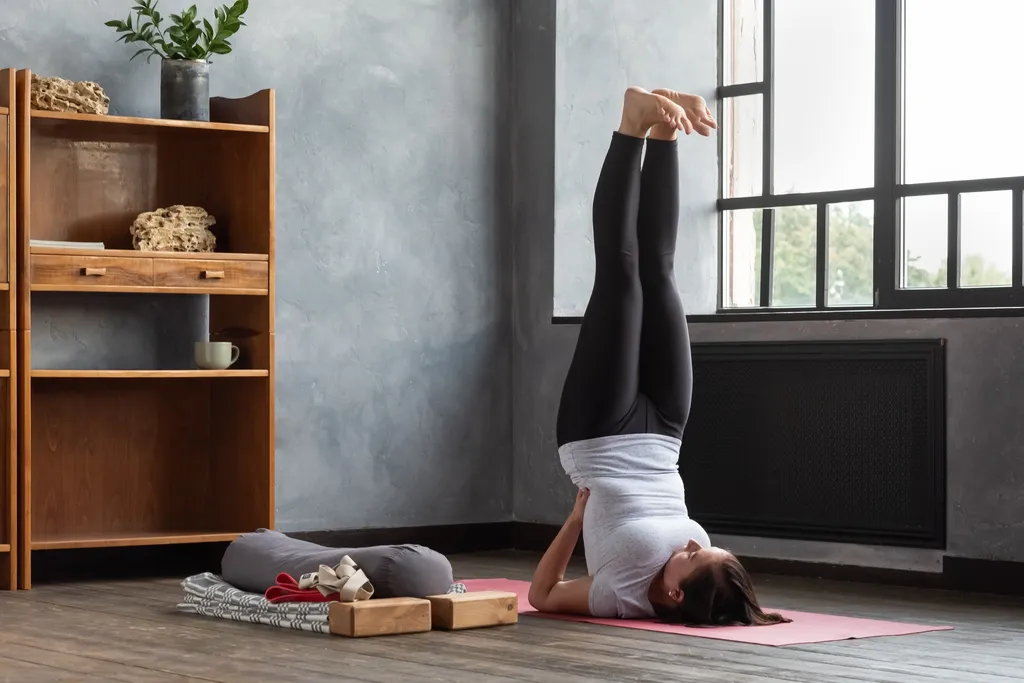
Legs-Up-The-Wall Pose (Viparita Karani):
Sustain this calming posture initiated in the second trimester to mitigate leg fatigue and swollen ankles.
As in previous trimesters, adjusting your practice in response to your body’s needs is crucial. If any pose induces discomfort or strain, alter it accordingly or omit it entirely. Consistently seek the guidance of a certified prenatal yoga instructor’s guidance to guarantee your practice’s safety.
Tips for Safe Yoga Practice during Pregnancy
To ensure a pleasant and secure yoga experience while pregnant, take into account the subsequent recommendations:
Taking breaks and staying hydrated:
Maintain proper hydration and take pauses as necessary during your practice. Dehydration may result in symptoms such as vertigo and pain.
Using props for support and stability:
During postures, props can offer additional stability and support, including blocks, bolsters, and straps. They are capable of adapting poses to accommodate a maturing body.
Practicing gentle and mindful movements:
Adopt a relaxed approach while attempting to prevent any sudden or jarring motions. While performing movements, maintain awareness of your body’s signals and constraints.
Being aware of warning signs and seeking medical advice:
During your practice, you should immediately cease and seek medical attention if you experience any pain, vertigo, or unusual symptoms. Care for your body first and foremost and give precedence to your overall health.
Avoiding poses that compress the abdomen or exert pressure on the belly:
It is advisable to refrain from performing poses that induce abdominal compression or excessive pressure, such as forward folds or deep twists, as your pregnancy advances. Always select poses that allow your developing infant to breathe comfortably and with sufficient space.
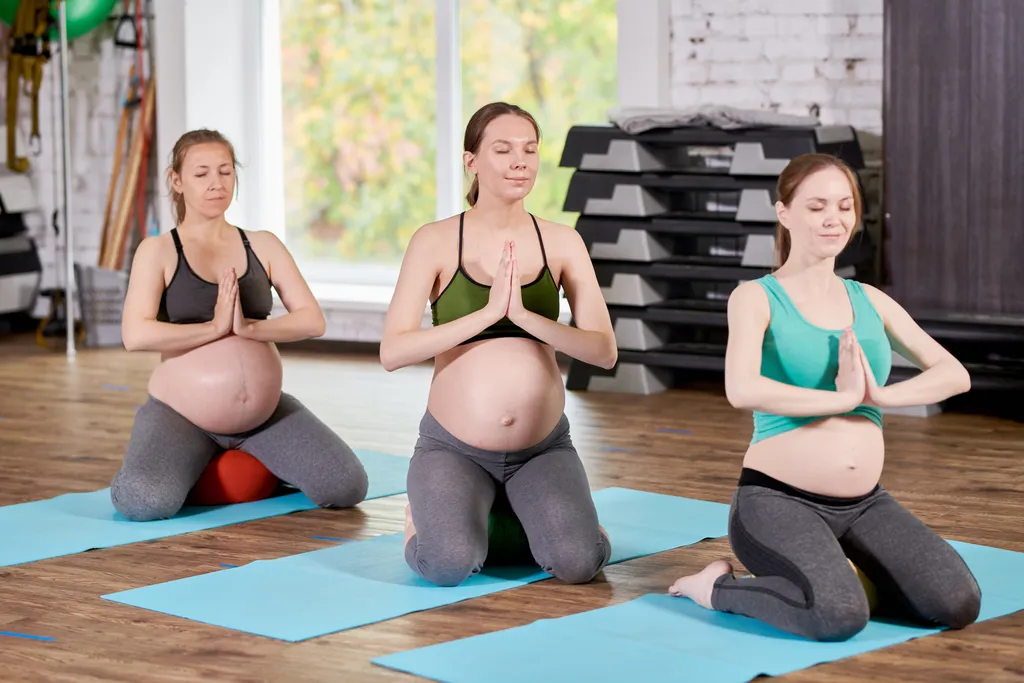
Practicing deep, mindful breathing:
The practice of deliberate, deep breathing can aid in the reduction of stress and anxiety. Additionally, it lays the groundwork for labor respiration techniques. Breath awareness should be incorporated into your yoga practice.
Listening to your body:
Each day during pregnancy is unique. There are days when you may feel energized and prepared for a vigorous practice and others when relaxation or restorative poses are more appropriate. Observe the requirements of your body and adapt your workout regimen accordingly.
Practicing pelvic floor exercises:
A vital function of the pelvic floor musculature is to facilitate childbirth and labor. By incorporating pelvic floor exercises into one’s yoga routine, these muscles can be strengthened, and the body can be better prepared for labor.
Conclusion
As a result of its ability to alleviate physical discomforts, prepare the body for childbirth, and promote emotional well-being, prenatal yoga is, in conclusion, a potent tool. It fosters community by providing a venue for expectant mothers to interact with their developing bodies, infants, and other pregnant women. For a safe and beneficial practice, always pay attention to your body and adjust your routine accordingly. Also, consult a certified prenatal yoga instructor and your healthcare provider for guidance. Yoga may provide you with a sense of solace, empowerment, and calmness as you commence this extraordinary journey of motherhood.
FAQs
Q1. Can I start prenatal yoga in my third trimester?
Yes, you can start doing yoga while pregnant in the third trimester. To ensure you stay safe, start slowly and talk to a certified prenatal yoga teacher before you start.
Q2. Are there any yoga poses I should avoid during pregnancy?
Indeed, it is advisable to refrain from performing poses that induce abdominal compression or excessive pressure, such as forward folds or deep twists, as your pregnancy advances.
Q3. Is it safe to practice yoga in my first trimester?
Although yoga is generally considered safe during the first trimester of pregnancy, before beginning a practice, it is imperative to seek guidance from a certified prenatal yoga instructor and your healthcare provider.
Q4. Can prenatal yoga help prepare my body for labor?
Prenatal yoga can assist in body preparation for labor. By strengthening the lower body and opening the pelvis, poses such as Squat Pose (Malasana) can assist in preparing the body for labor.
Q5. How often should I practice prenatal yoga?
This depends on comfort and stamina. Some like daily light practice, others 2-3 times a week. Pay attention to your body and alter your practice.
